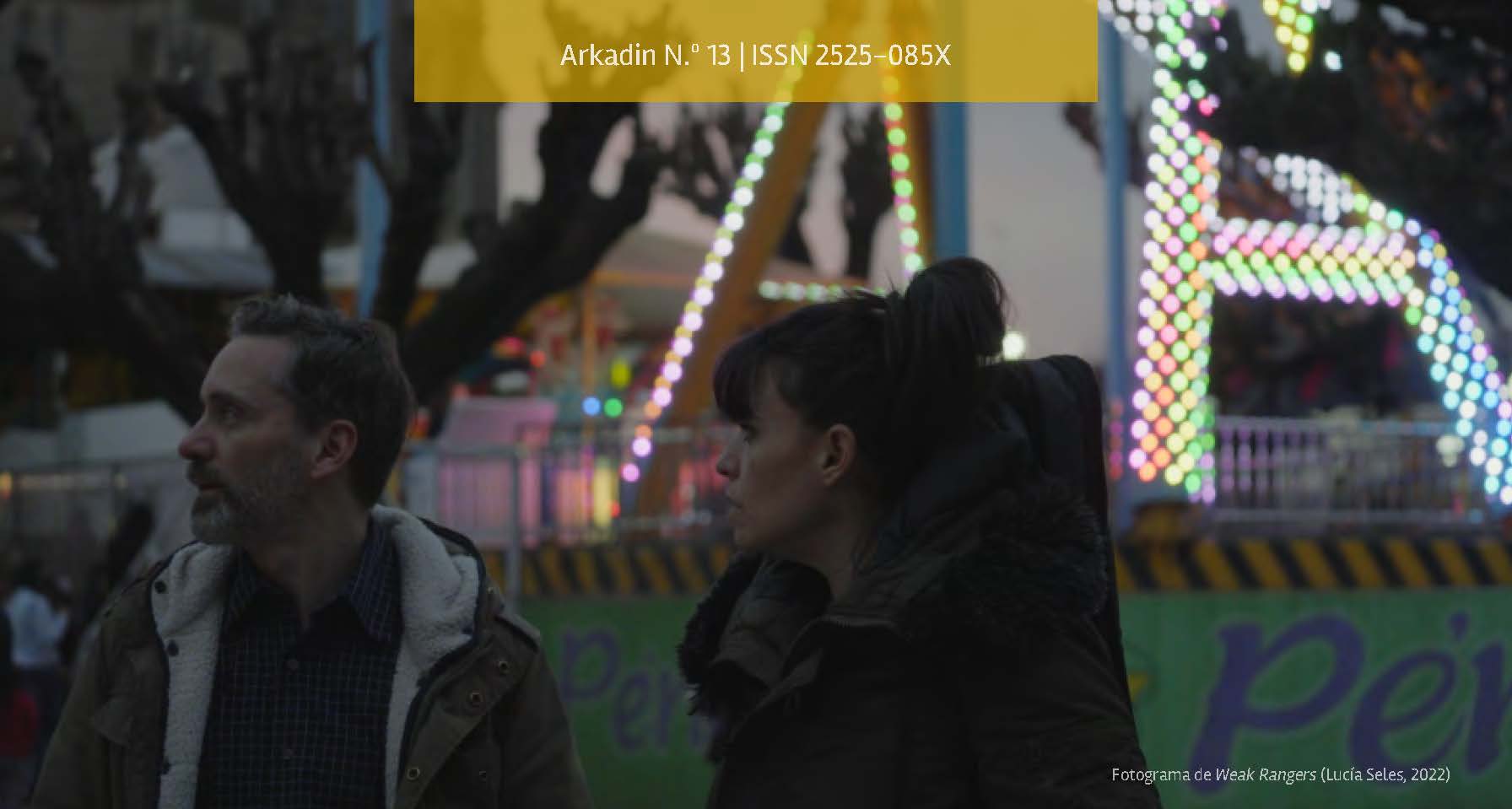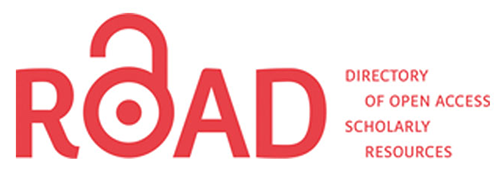Elements for A Deepening of Sound and Listening in Cinematographic Work
DOI:
https://doi.org/10.24215/2525085Xe054Keywords:
sound, cinematographic learning, listening; analysis, experimentationAbstract
Ideas are developed for learning cinematographic sound from three axes: the incorporation of listening, and the analysis and the experimental use of cinematographic sound. The order is not accidental, as it is based on the development of listening framed in a sensitive openness in cinematographic work. On these bases, the analysis will look for shapes to the plane and the experimentation will test what we call sound ideas here. An opening of the cinematographic work as a work of sensitivity is concluded: it is this perspective that governs a learning of sound in cinema.References
Barnier, M. (2019). Bruits, cris, musique des films. Les projections Avant 1914. Presse Universitaires de Rennes.
Benavente, F. y Salvadó Corretger, G. (2023). Edgar Pêra. Kino Sapiens. Caimán. Cuadernos de Cine, 181, 101-103.
Bordwell, D. y Thompson, K. (1995). El arte cinematográfico. Paidós.
Celedón Bórquez, G. (2023). Filosofía y experimentación sonora (Trad. Fabián Videla). Metales pesados.
Celedón Bórquez, G. y Festa, G. (2024). Fotograma(s). Editorial Montoneras.
Deleuze, G. (1983). La imagen-movimiento. Estudios sobre cine 1. Paidós.
Chion, M. (2018). La audiovisión. Sonido e imagen en el cine. La Marca Editora.
Cuadrado Méndez, L. (2002). Lo sonoro cinematográfico: una percepción acusmática. Comunicación. Revista Internacional de Comunicación Audiovisual, Publicidad y Literatura 1(1): 299-311.
Labrada, Jerónimo (2009). El sentido del sonido. La expresión sonora en el medio audiovisual. ALBA.
Noguez, D. (s. f.). El color de las palabras. Conversación con Marguerite Duras, Delphine Seyrig, Michael Lonsdale, Carlos D’Alessio y Bruno Nuytten sobre ‘India Song’. Lumière. http://www.elumiere.net/especiales/duras/durasnoguezindiasong.php?fbclid=IwAR2rUJtkZXqJv5S0VhzKovTRhLTuzuaoTLkJ-tpb_5QAUFyh0dF0boXzjH0
Oliveros, P. (2019). Deep listening: una práctica para la composición sonora. Dobra Robota Editora.
Pardo, C. (2018). Capitalismo, sonidos y procesos de subjetivación en la ciudad contemporánea. Panambí. Revista de Investigaciones Artísticas, 4, 111-124.
Roselló Dalmau, R. (1981). Técnica del sonido cinematográfico. Ediciones Forja.
Seiler, E. (2019). Chantal Akerman. Tiempo expandido - Expanded time. BEI, Oi Futuro.
Sellés Quintana, M. (2015). Una introducción al estudio del documental musical en España. Relaciones música e imagen en los medios audiovisuales (Fraile y Viñuela eds.). Universidad de Oviedo.
Downloads
Published
How to Cite
Issue
Section
License

This work is licensed under a Creative Commons Attribution-NonCommercial-ShareAlike 4.0 International License.
The acceptance of the manuscript by the magazine means the non-exclusive cession of the property rights of the authors in favour of the editor, who allows the reuse, after publication (post print), under a license Attribution-NonCommercial-NoDerivatives 4.0 International.
According to these terms, the material can be copied and redistributed by any means or in any format as long as a) the author and original source of the publication are quoted (magazine and URL of the work), access to the license is provided and whether changes have been made is mentioned; and b) the material is not used for commercial purposes.
The cession of non-exclusive rights means that after the publication (post print) in Arkadin the authors can publish their work in any language, means and format; in such cases it must be mentioned that the material was originally published in this magazine. Such cession also means the authorization of the authors for the work to be collected by SEDICI, the institutional archive of the Universidad Nacional de La Plata, and to be spread in the databases that the editorial team considers appropriate to increase the visibility of the publication and its authors.
Moreover, the magazine encourages the authors to deposit their productions in other institutional and thematic archives under the principle that offering the society the scientific and academic production without any restrictions contributes to a greater exchange of the global knowledge.
























